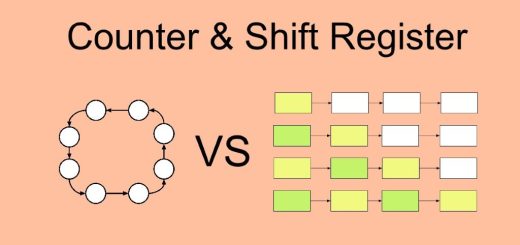An introduction to interactive ads
The world of digital marketing can be highly confusing, as it is constantly evolving and often complex. If you are new to interactive ads, this is what you need to know.
What are interactive ads?
Interactive advertising describes any type of marketing activity that requires proactive engagement from users rather than simply delivering a message in a passive format. It lets users interact with adverts in different ways, such as swiping, clicking, or dragging; for example, you might see HTML5 banners designed by an agency such as https://thebannermen.com/banners/animated-ads/html5/ that require input from the user.
How do they work?
Interactive ads come in a variety of formats, such as HTML5 banners, interactive videos, or even AR and VR applications. They tend to use digital platforms to create more broadly immersive experiences, such as quizzes, games, interactive videos, or polls.
What is the objective of this type of advertising?
When you see interactive HTML5 banners, for example, the goal is to boost user engagement, grow brand awareness, and maximise desired actions such as sign-ups, purchases, and clicks. This is achieved by providing a highly personalised and engaging audience experience.
Examples of interactive HTML5 banners
HTML5 banners can be used in an interactive way by incorporating elements that elevate the static image. This could be an ad that expands to show extra content when it is clicked, product galleries, interactive maps, or any kind of ad that responds to a mouse movement or user gesture. The sorts of features you can expect to see include two-way communication, rich media, data collection, gamification, social sharing, and cross-platform compatibility.
How are these ads beneficial?
When used well, these adverts can greatly enhance any broader digital marketing campaign by boosting everything from brand recognition to conversions. The ads are relatively easy to create and place; what’s more, they can be tracked in real-time using analytics software so that campaigns can be adjusted as required. These ads are a welcome iteration to digital advertising and one that users tend to engage with more actively than static or passive digital ads.











